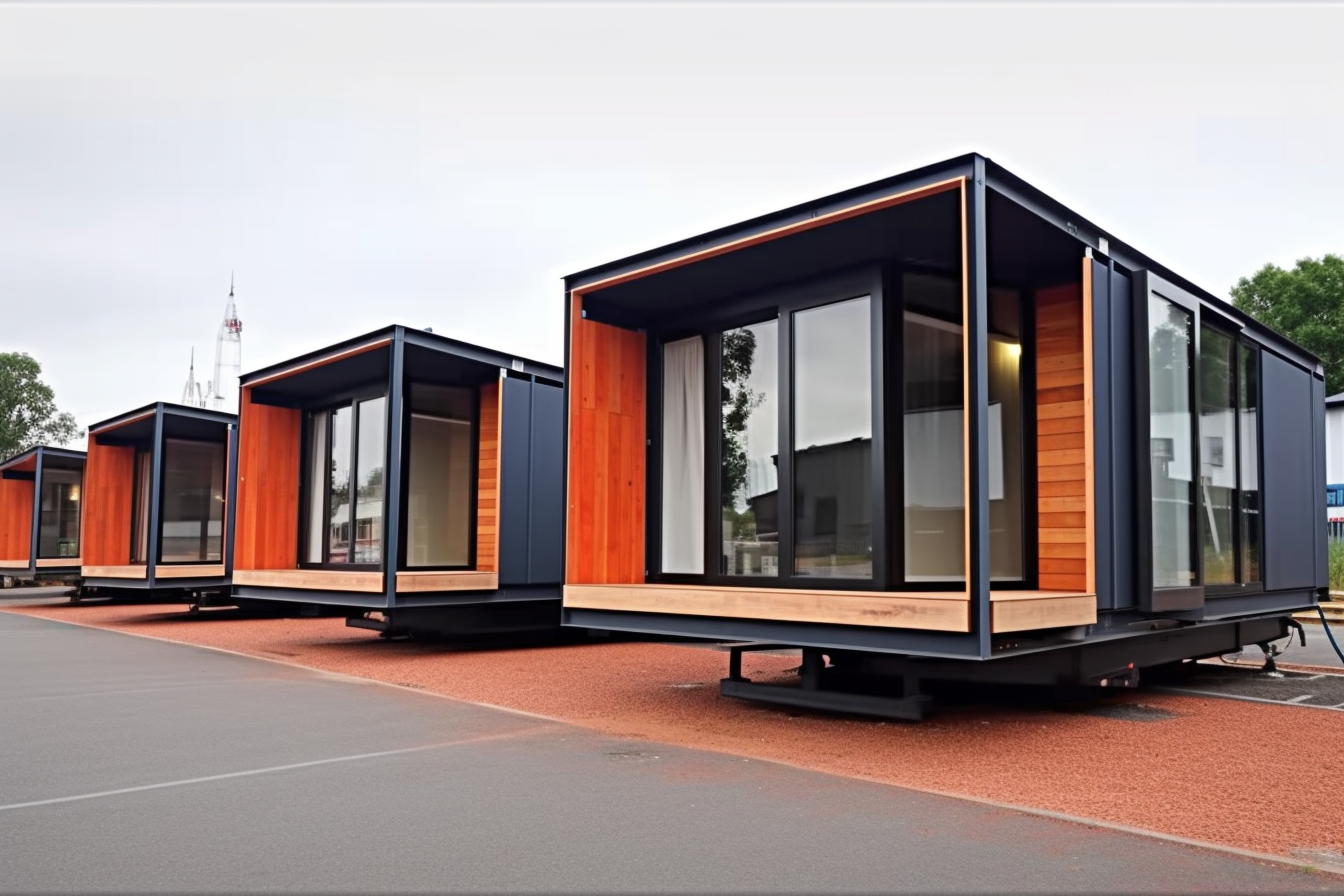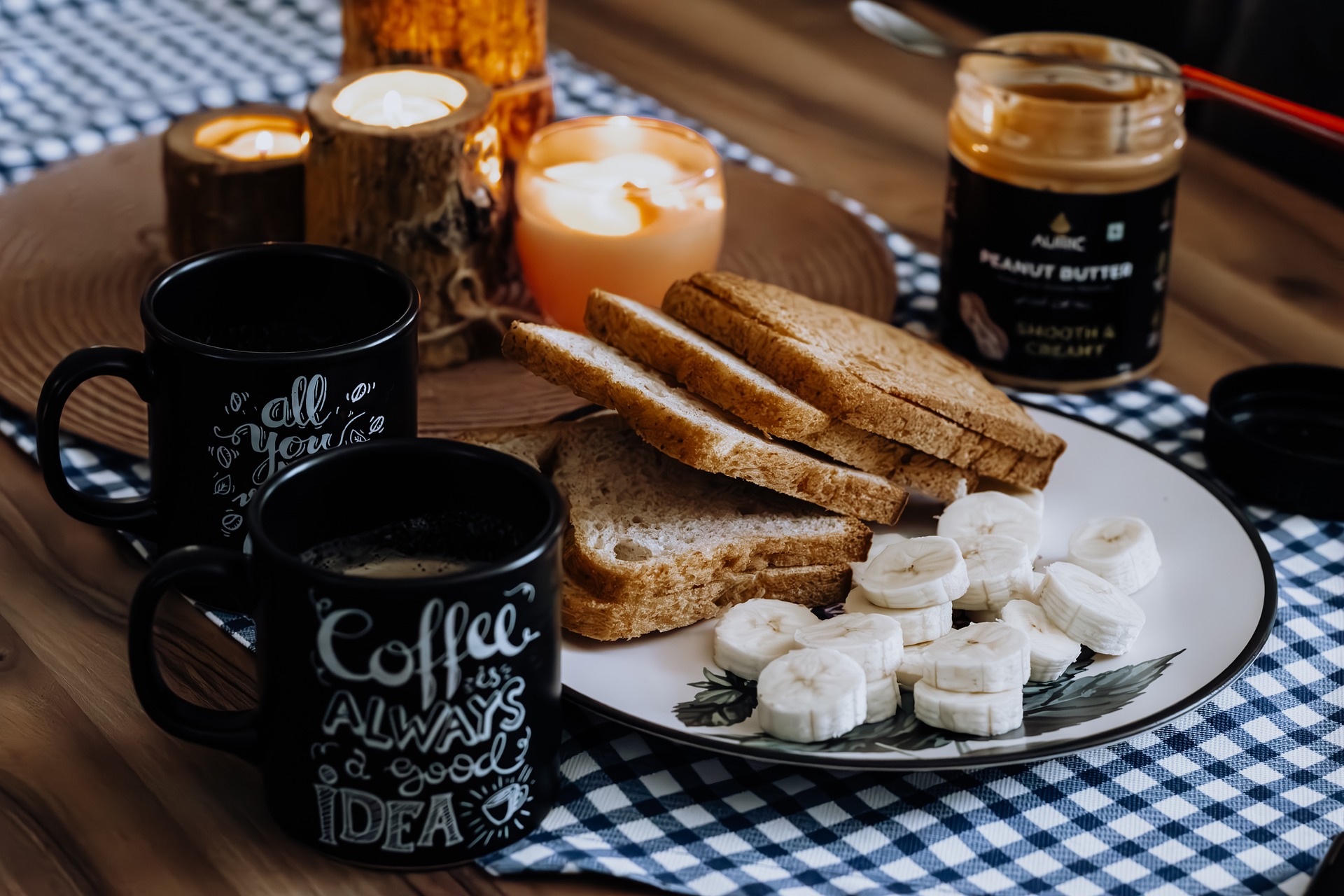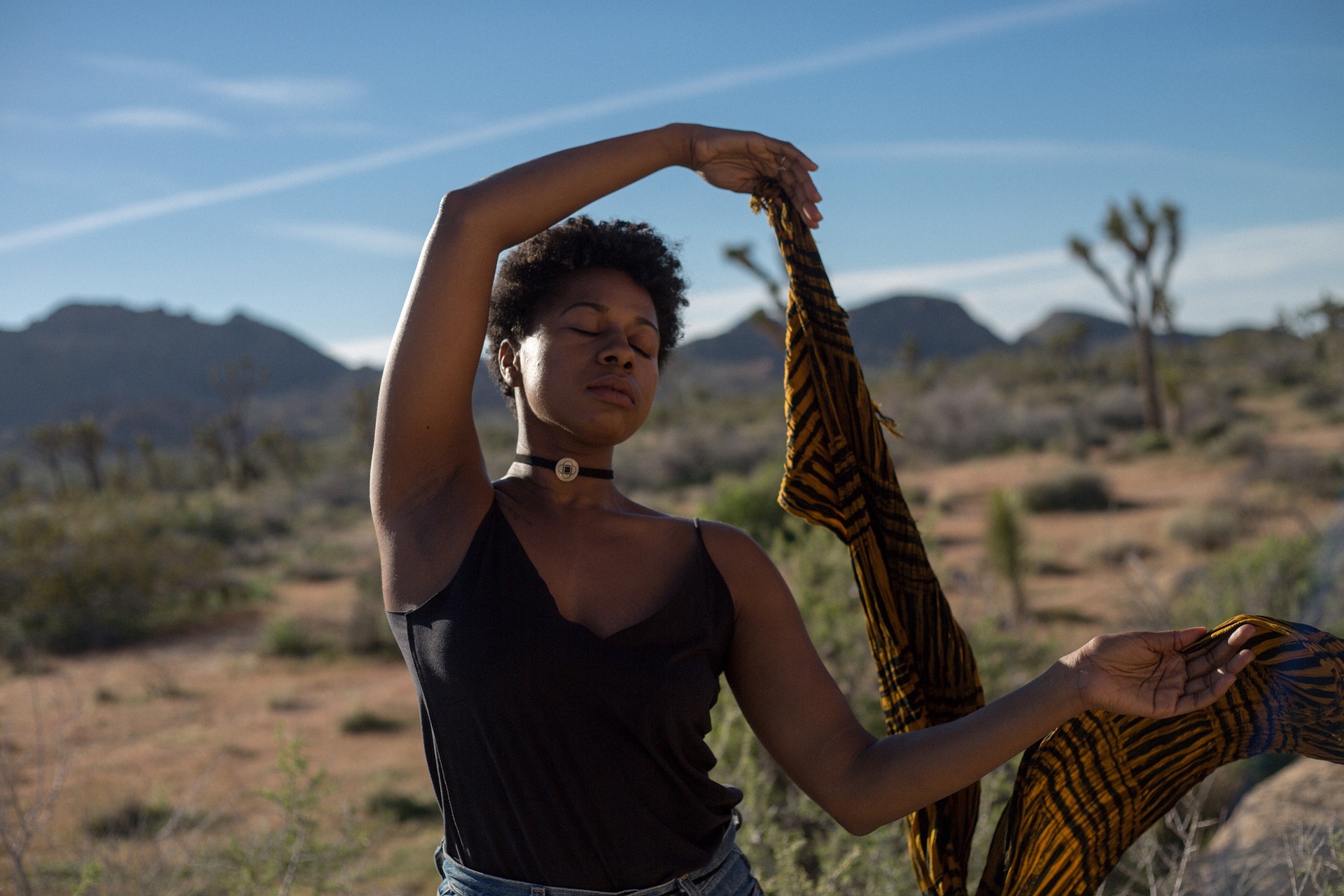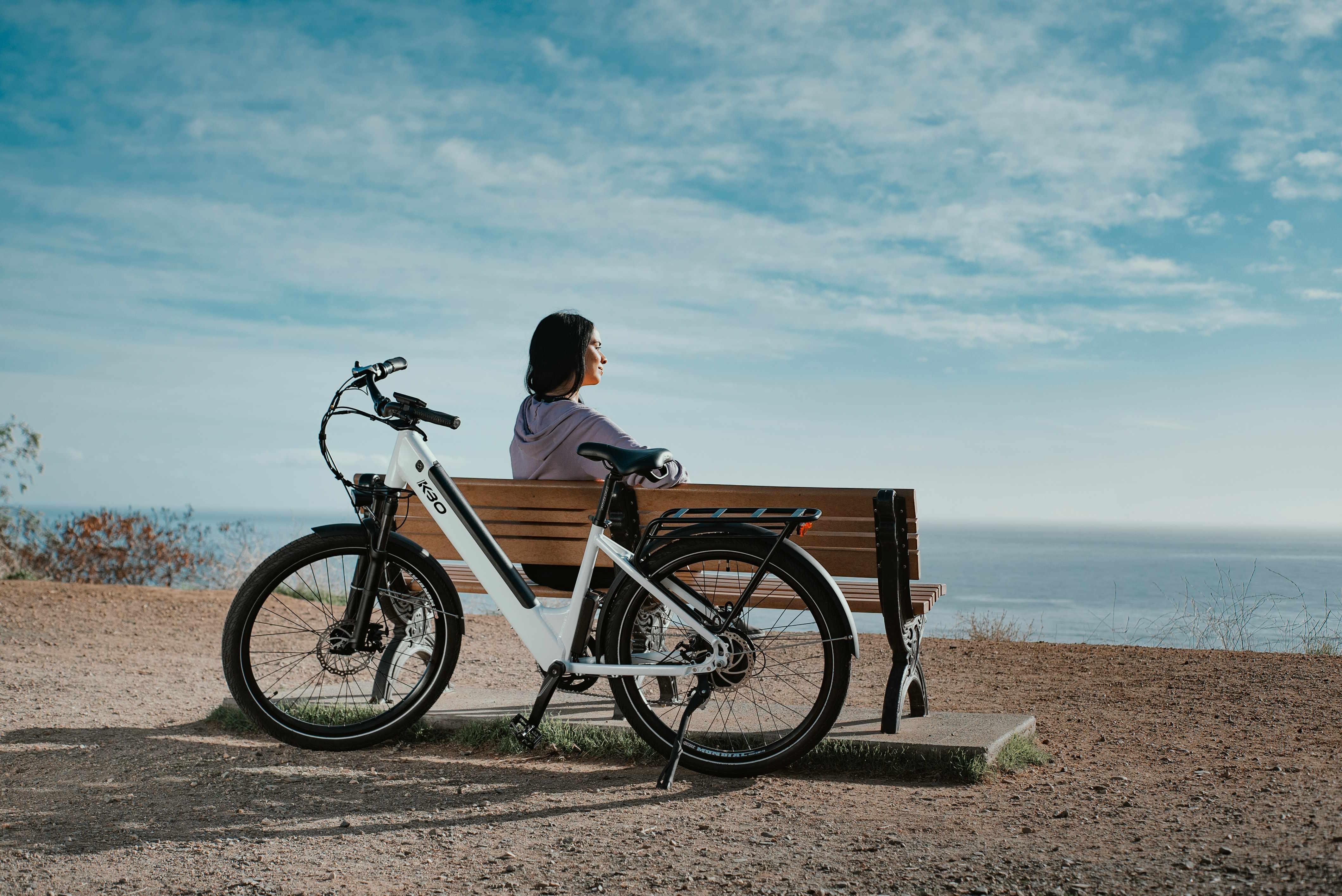Prefab Modular Homes: Your Complete Guide to Modern Housing
Prefabricated homes are revolutionising the Australian housing market, offering faster construction times, cost-effective solutions, and impressive design flexibility. These factory-built homes, constructed in controlled environments before being transported to your site, provide an attractive alternative to traditional building methods while maintaining quality and durability standards.

What Are Prefab Modular Homes and How Do They Work?
Prefab modular homes are residential structures manufactured in factory-controlled environments, then transported to your building site for assembly. Unlike traditional stick-built homes, these structures are built in sections or modules, allowing for precise construction with minimal weather delays. The modular approach means each section is completely finished in the factory, including electrical, plumbing, and interior finishes, before being transported and connected on-site. This construction method typically reduces building time by 30-50% compared to conventional construction, making it an increasingly popular choice for Australian homeowners seeking efficient housing solutions.
How to Find Prefab Homes in Your Local Area?
Finding quality prefab homes in your area requires research into local manufacturers, dealers, and builders specialising in modular construction. Start by contacting established prefab home companies that service your region, as many maintain networks of local representatives and certified installers. Check with your local council regarding zoning requirements and building permits specific to modular homes, as regulations can vary between councils. Online directories and industry associations like the Manufactured Housing Industry Association provide valuable resources for locating reputable suppliers. Additionally, visiting display homes and attending housing expos can provide hands-on experience with different prefab options available in your area.
What Types of Prefab Modular Homes Are Currently for Sale?
The Australian prefab market offers diverse housing options ranging from compact granny flats to expansive family homes. Single-module homes typically include studio-style dwellings and small one-bedroom units, perfect for first-time buyers or investment properties. Multi-module designs accommodate larger families with configurations including three to five-bedroom homes featuring open-plan living areas, modern kitchens, and multiple bathrooms. Luxury prefab options incorporate high-end finishes, smart home technology, and custom architectural features. Specialised designs include eco-friendly homes with solar panels and rainwater harvesting systems, as well as homes designed for specific climates or terrains common across Australia’s diverse landscapes.
What Are the Main Benefits of Choosing Prefab Construction?
Prefab construction offers significant advantages including faster build times, consistent quality control, and reduced weather-related delays. Factory construction environments ensure precision building with standardised processes, resulting in fewer defects and better overall quality. Environmental benefits include reduced construction waste, better material utilisation, and often improved energy efficiency compared to traditional builds. Cost predictability is another major advantage, as factory production allows for more accurate pricing with fewer surprise expenses during construction. The controlled manufacturing environment also enables better quality control and adherence to building standards, while the faster construction timeline means earlier occupancy and reduced interim accommodation costs.
Unique Aspects of Prefab Homes in the Australian Market
Australia’s prefab industry has adapted specifically to local conditions, with manufacturers designing homes to withstand bushfire risks, cyclones, and extreme temperatures common across different regions. Many Australian prefab manufacturers incorporate Colorbond steel roofing and weather-resistant materials as standard features. The industry has embraced sustainable building practices, with numerous manufacturers offering solar-ready designs and water-efficient fixtures as standard inclusions. Regional specialisation has emerged, with manufacturers in Queensland focusing on cyclone-resistant designs, while Victorian companies often emphasise energy efficiency for cooler climates. The Australian prefab market also caters to the growing trend of multi-generational living, offering connected module designs that provide independence while maintaining family proximity.
Pricing and Provider Comparison for Australian Prefab Homes
| Provider | Home Type | Price Range (AUD) | Key Features |
|---|---|---|---|
| Prebuilt | 1-3 Bedroom Homes | $180,000-$450,000 | Sustainable materials, solar-ready |
| Modscape | Designer Modular | $300,000-$800,000 | Architectural design, custom finishes |
| Swanbuild | Rural/Urban Homes | $200,000-$600,000 | Bushfire-resistant, steel frame |
| Pinnacle Homes | Family Homes | $250,000-$550,000 | Traditional styling, energy efficient |
Prices, rates, or cost estimates mentioned in this article are based on the latest available information but may change over time. Independent research is advised before making financial decisions.
The Australian prefab home market presents compelling opportunities for modern homeowners seeking efficient, quality construction. With continuing innovations in design, sustainability, and manufacturing processes, prefab modular homes represent a viable solution for addressing Australia’s housing challenges while delivering comfortable, contemporary living spaces. Whether you’re considering a compact starter home or a large family residence, the prefab option deserves serious consideration in today’s housing market.




